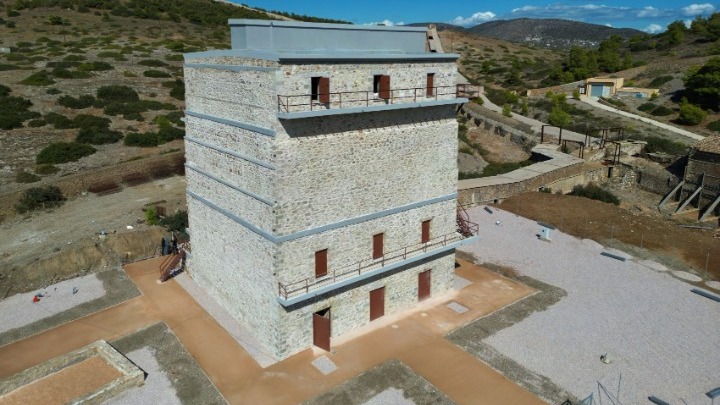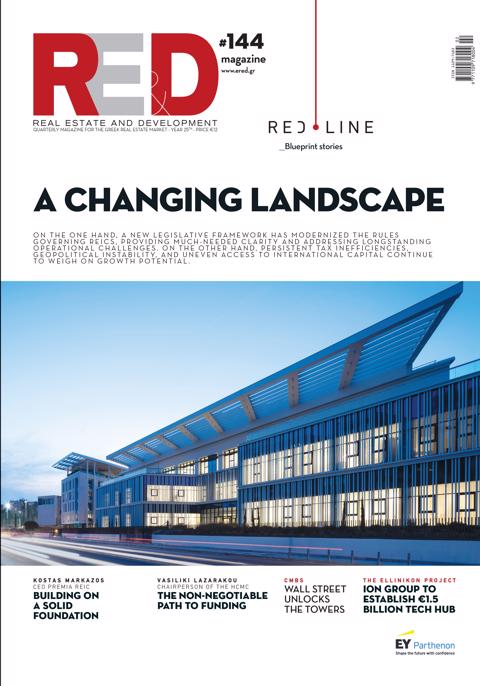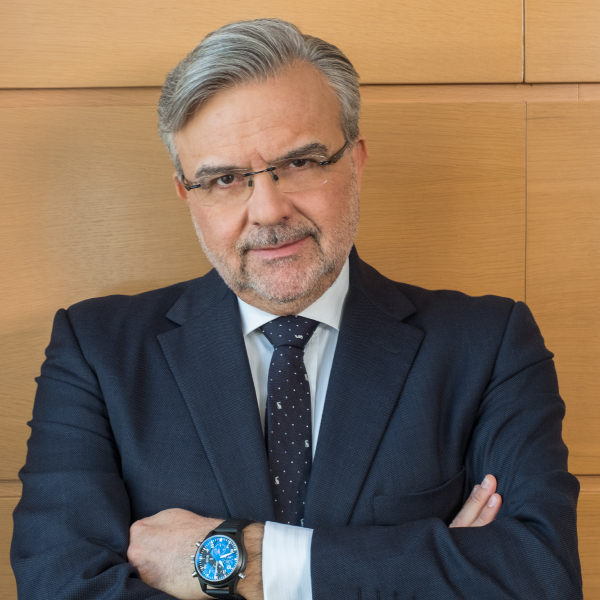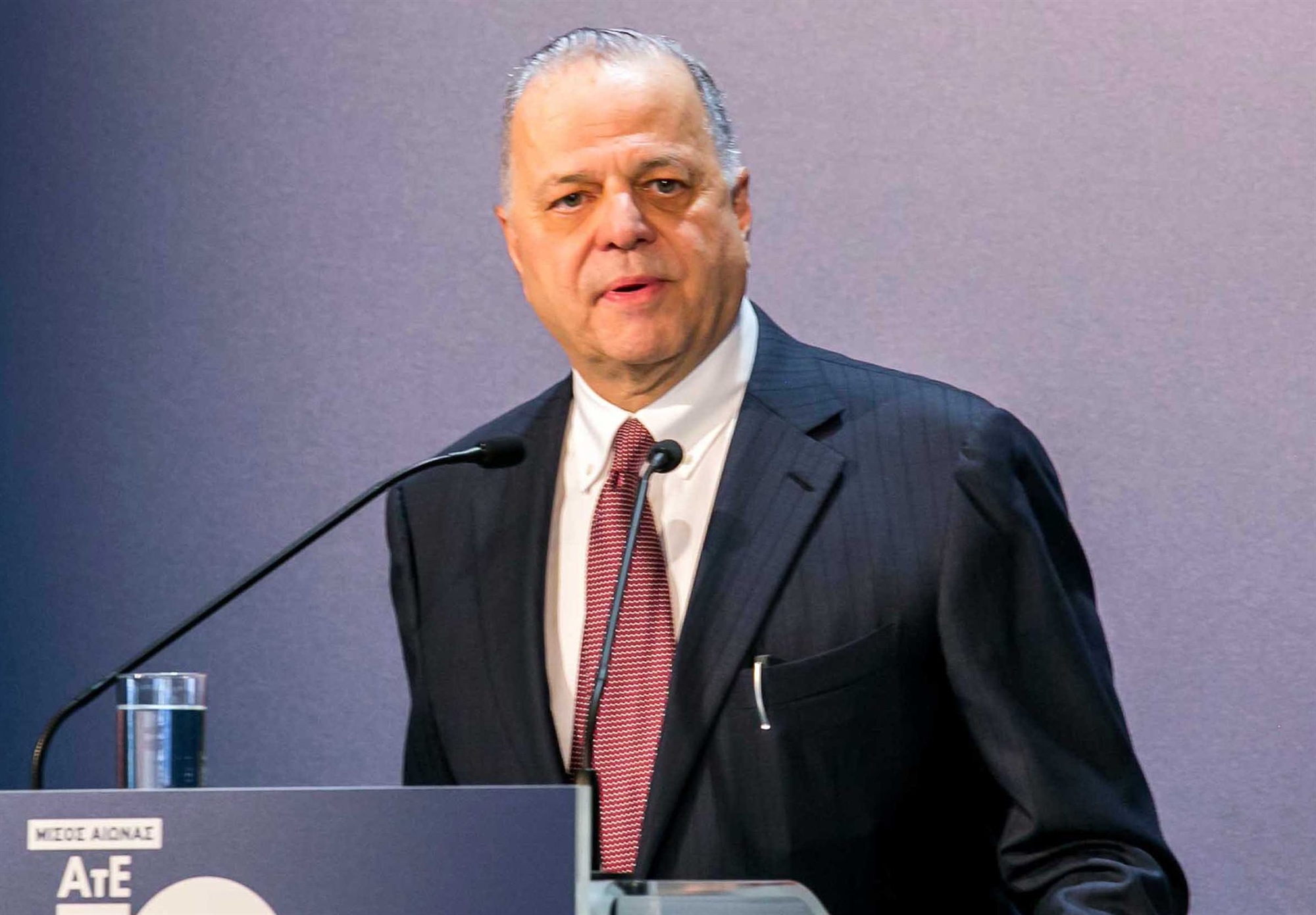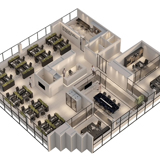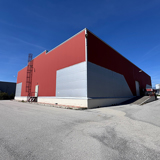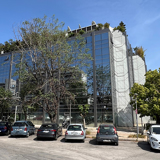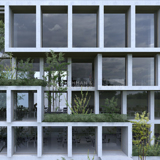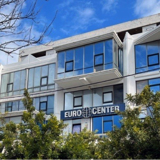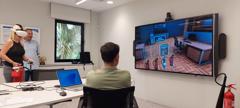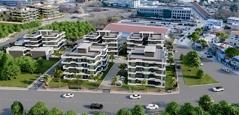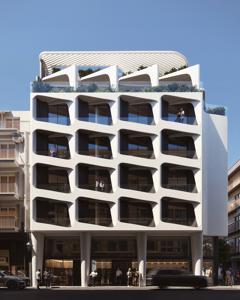The Konofagos building stands out as a unique project worldwide, historically saving an entire town and today attracting the attention of national and regional authorities, the scientific community, and, most importantly, the residents of Lavreotiki and local stakeholders—scientific, labor, and cultural organizations.
Its history is closely tied to the region’s rich mining tradition. In the 19th century, the Italian mining engineer Jean Baptiste Serpieri (1832–1897) founded the French Mining Company of Lavrio (GEML), revitalizing mining activity and ushering in a period of prosperity.
GEML’s chief engineer, Konstantinos Konofagos, noticing severe health problems among workers caused by exposure to toxic fumes, designed a pioneering smoke-filter building. This structure trapped hazardous substances using specialized tunnels and cloth filters, making it one of the first environmental protection projects in Greece and a technically groundbreaking achievement on a global scale.
After the company closed in 1982, the industrial complex came under the Ministry of Culture. In the 1990s, the National Technical University of Athens (NTUA) was commissioned to restore it as the Lavrio Technological and Cultural Park. Among the historic buildings, Konofagos posed a serious environmental threat due to its arsenic content.
Its cleanup and restoration became an exceptionally complex and internationally unique project, requiring innovative technological solutions and collaboration among NTUA scientists. Alongside environmental remediation, the building was structurally reinforced and restored, integrating it into the ensemble of preserved GEML historic buildings. The project was implemented within the framework of the European Operational Programme EPAnEK 2014–2020 of the NSRF.
